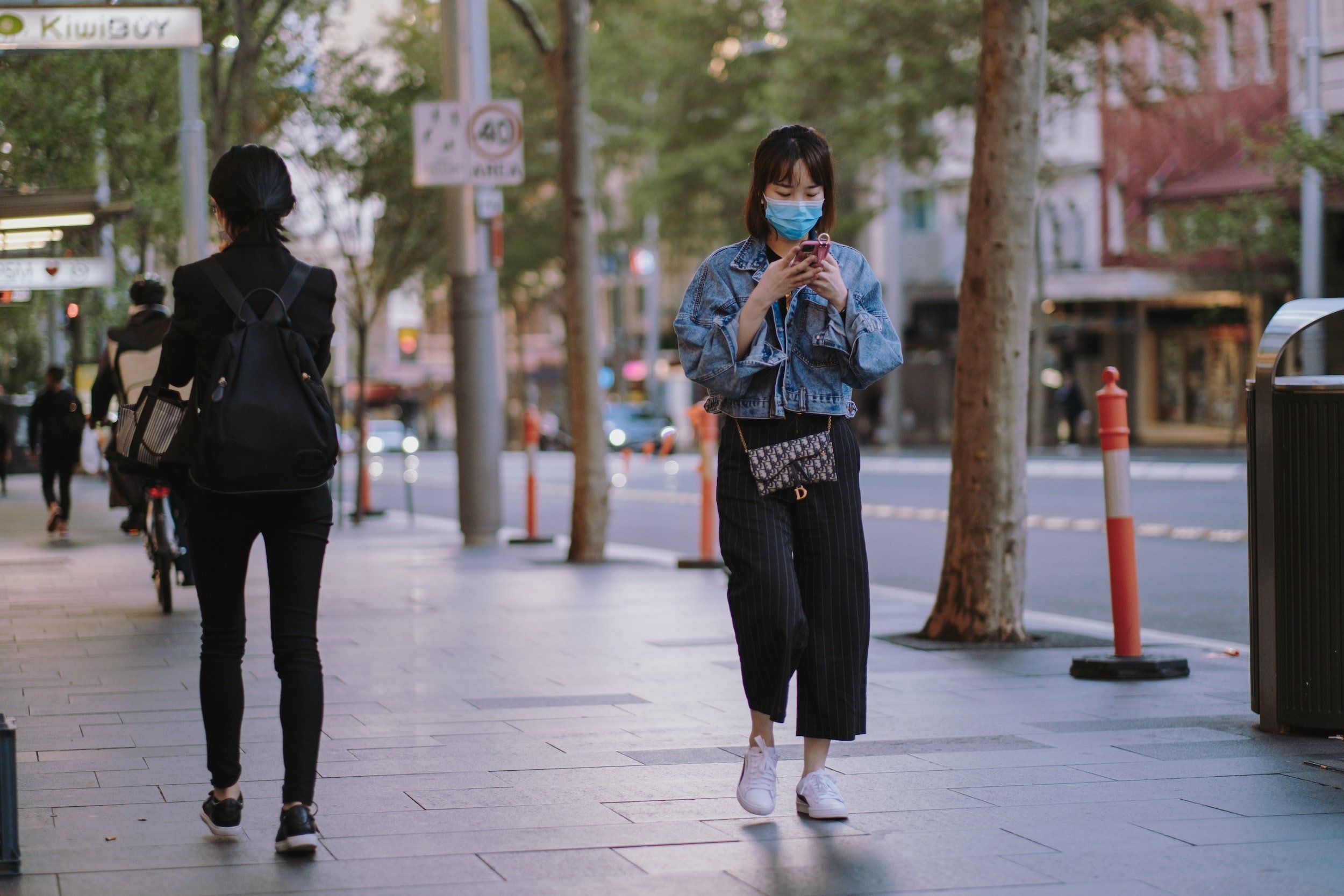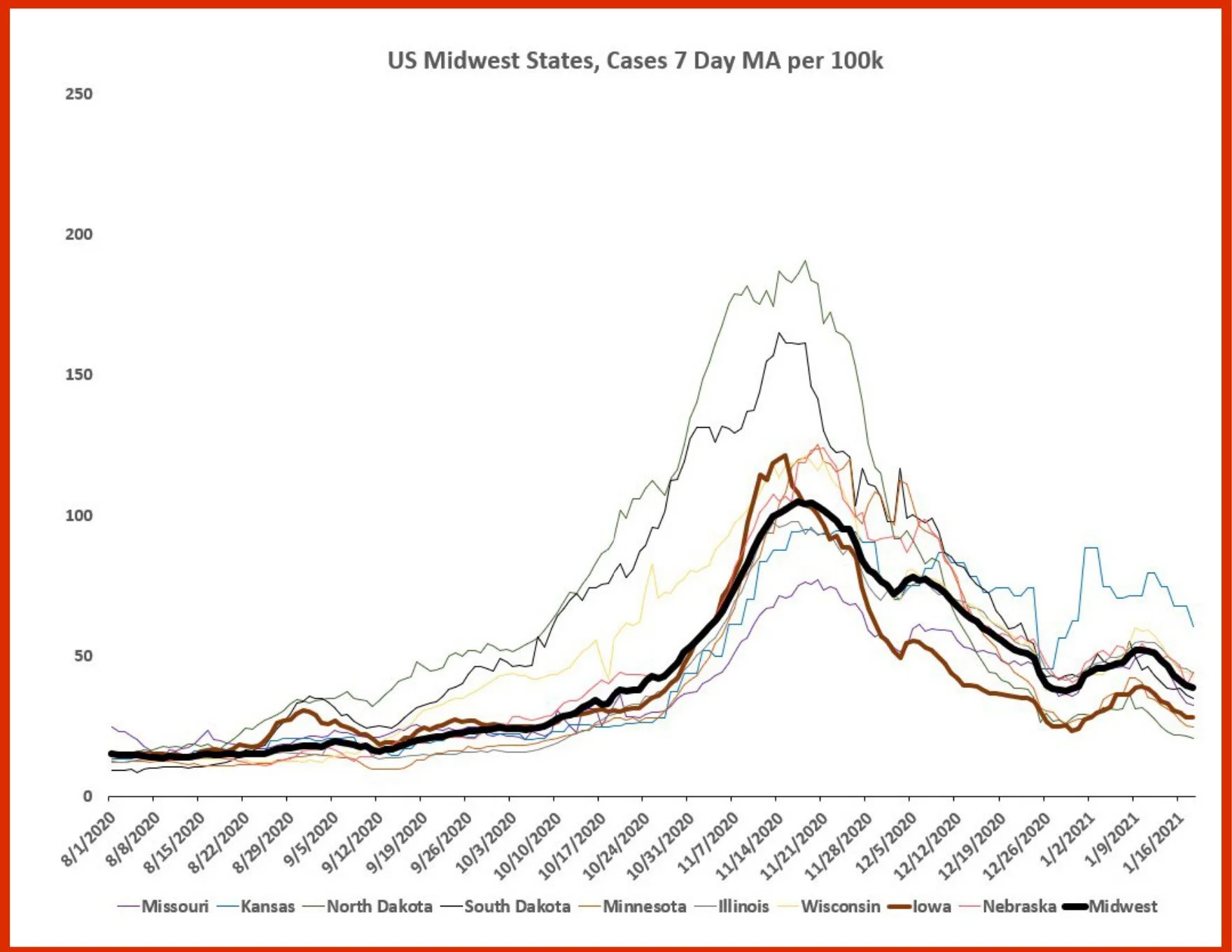As kids, we learn that germs and viruses are so small you need a microscope to see them. The spaces between bonds of water molecules or threads of clothing are big enough to be doors in their eyes.
Yet, as COVID-19, H1N1, SARS-CoV-1, and other upper-respiratory tract infections spread into epidemics, mask usage becomes widespread, as does the conversation about whether or not they work. Many scientists went on the news saying they did, armed with observational data that contradicted what we learned when we were young.
A recent update on mask-wearing research done at the prestigious Cochrane Collaboration found that neither cloth, nor surgical, nor even N95/P2 masks showed any effectiveness at preventing a variety of viruses in over 600,000 people across 11 randomized controlled trials.
The study was robust in that it wasn’t simply observational science, and that it included a variety of income brackets, enclosed spaces, and geographical locations. While there was a risk bias and low observed adherence to the study parameters, that’s conversely a strength in that it reflects most people’s inability and unwillingness to correctly use a face mask for long periods of time.
“The pooled results of RCTs did not show a clear reduction in respiratory viral infection with the use of medical/surgical masks. There were no clear differences between the use of medical/surgical masks compared with N95/P2 respirators in healthcare workers when used in routine care to reduce respiratory viral infection,” the authors conclude.
Among the countries surveyed were England, Norway, Bangladesh, Mexico, and Denmark. Four studies were conducted during the 2020 period of the COVID-19 pandemic, while several others were conducted during the 2009 H1N1 influenza pandemic, and others in epidemic influenza seasons up to 2016.
The settings included suburban schools and hospital wards in high‐income countries; crowded inner-city settings in low‐income countries; and an immigrant neighborhood in a high‐income country. One study included a case group of healthcare workers trained to use masks correctly for long periods.
Results, if it matters
The meta-analysis from Cochrane is one of the most robust in size, scope, and granularity done since the pandemic, and it has included only randomized controlled trials, as so much of the observational data used to tout the effectiveness of masks has been inconclusive.
As an example, charts from the COVID Tracking Project examining the trends of 10 different US states show that even though mask mandates were instituted and lifted at different times, the case and hospitalization rates follow the same nationwide trend.







